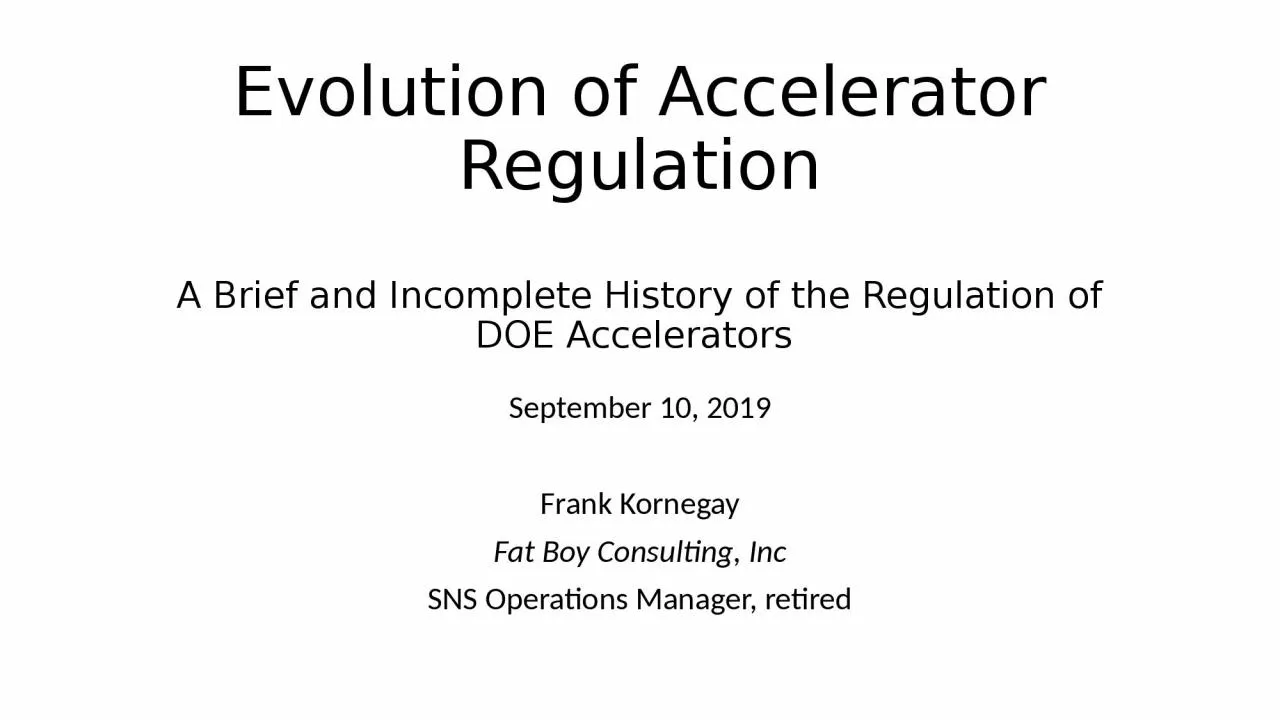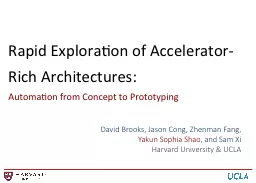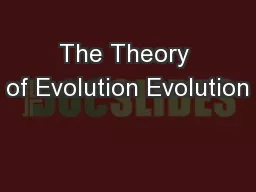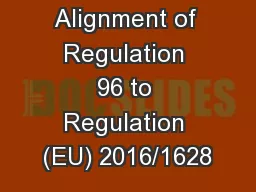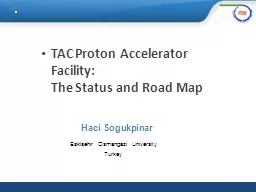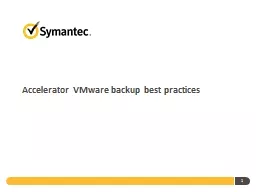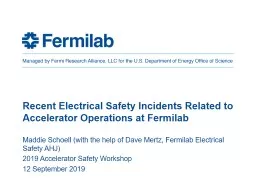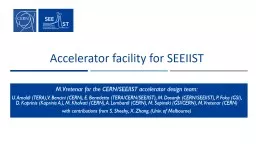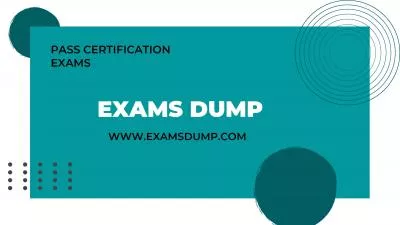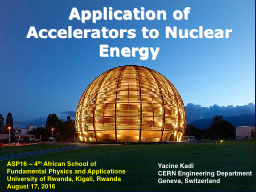PPT-Evolution of Accelerator Regulation
Author : angelina | Published Date : 2024-02-09
A Brief and Incomplete History of the Regulation of DOE Accelerators September 10 2019 Frank Kornegay Fat Boy Consulting Inc SNS Operations Manager retired Accelerator
Presentation Embed Code
Download Presentation
Download Presentation The PPT/PDF document "Evolution of Accelerator Regulation" is the property of its rightful owner. Permission is granted to download and print the materials on this website for personal, non-commercial use only, and to display it on your personal computer provided you do not modify the materials and that you retain all copyright notices contained in the materials. By downloading content from our website, you accept the terms of this agreement.
Evolution of Accelerator Regulation: Transcript
Download Rules Of Document
"Evolution of Accelerator Regulation"The content belongs to its owner. You may download and print it for personal use, without modification, and keep all copyright notices. By downloading, you agree to these terms.
Related Documents

